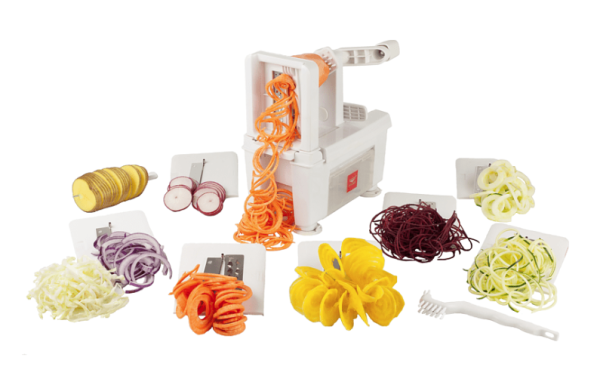Language
WORLDWIDE SHIPPING
7 blades vegetable cutter with ABS structure for fruit and vegetables
was
€59.90
Special Price
€49.00
€40.16
Availability:
In stock
This 7-blade vegetable cutter is compact and lockable and can be used for a wide range of fruit and vegetables.
A total of seven blades offer chefs countless options for preparing sweet and savory dishes, such as the angel hair blade, a chopping knife, chopper blade, and a straight blade. Three new additional blades create thick threads, wavy cuts and flat, thick ribbons, thus offering a healthy alternative to carbohydrate and high calorie pasta dishes.
Each of the seven blades is suitable for standard cuts, both straight blades also cut accordion-shaped fruit and vegetables.
All blades can also be combined with "C-Cut" or "Half-Slice" techniques to increase versatility and creativity. As an added feature, a uniquely designed double-sided brush is included that protects your hands from sharp knives while cleaning.
The sturdy blade plates and housing are made of professional quality ABS plastic, the blades are made of quality stainless steel.
The blades can be conveniently and safely stored in a separate storage box.
All parts can be washed in the dishwasher.
The blades included are:
- 4 mm straight blade (new),
- 10 mm chopper blade (new),
- 1.5 mm wavy blade (new),
- 2.5 mm straight blade,
- 2mm angel hair blade,
- 3 mm blade,
- 6 mm garland knife.
Width 350 mm
Height 320 mm
Depth 155 mm
FAQs

 IT
IT FR
FR
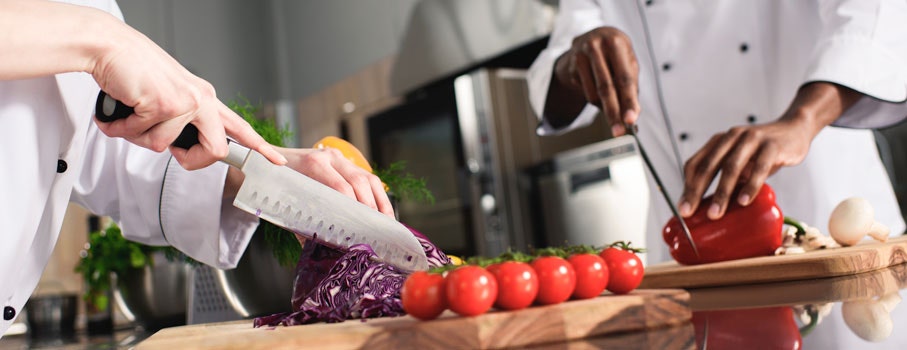
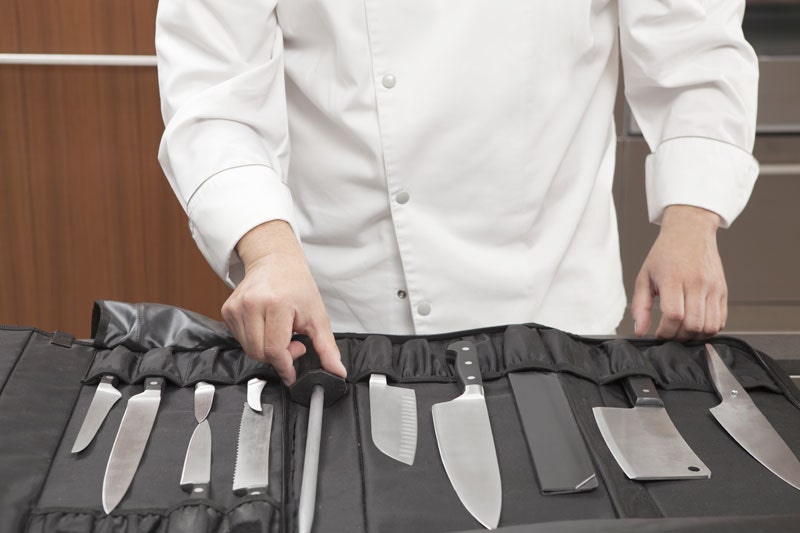
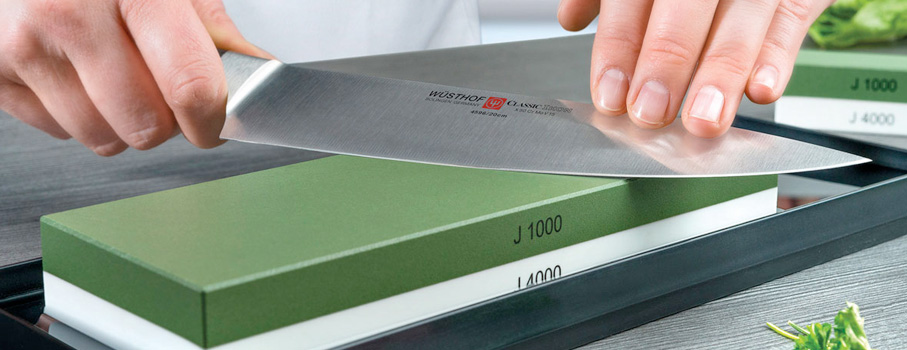
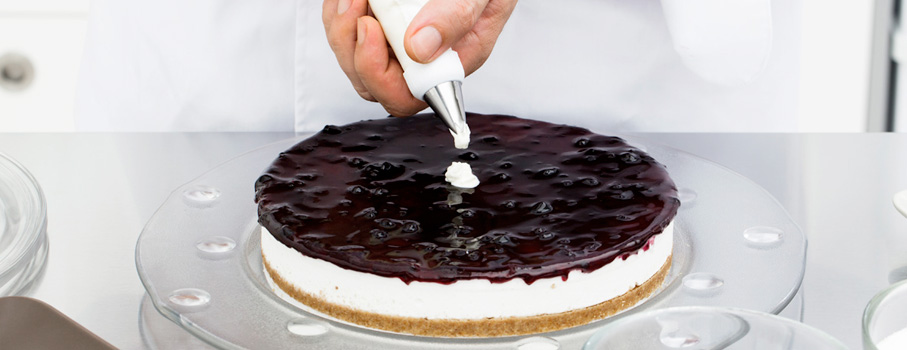

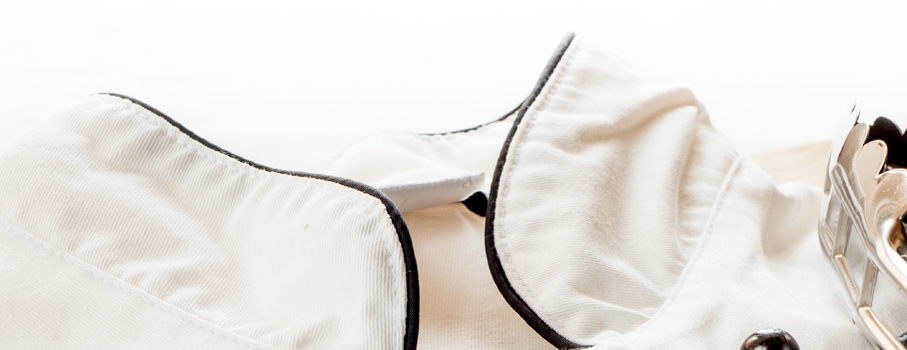
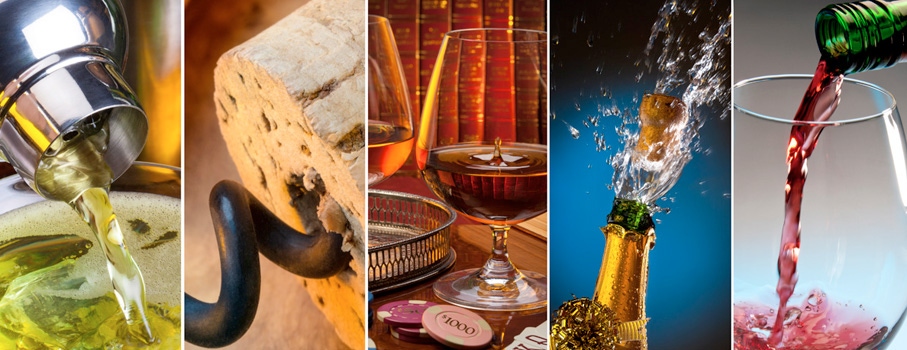
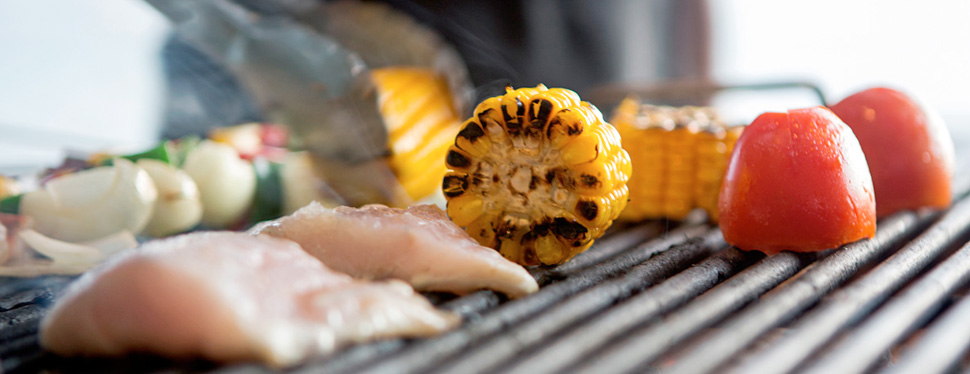

 IT
IT FR
FR
